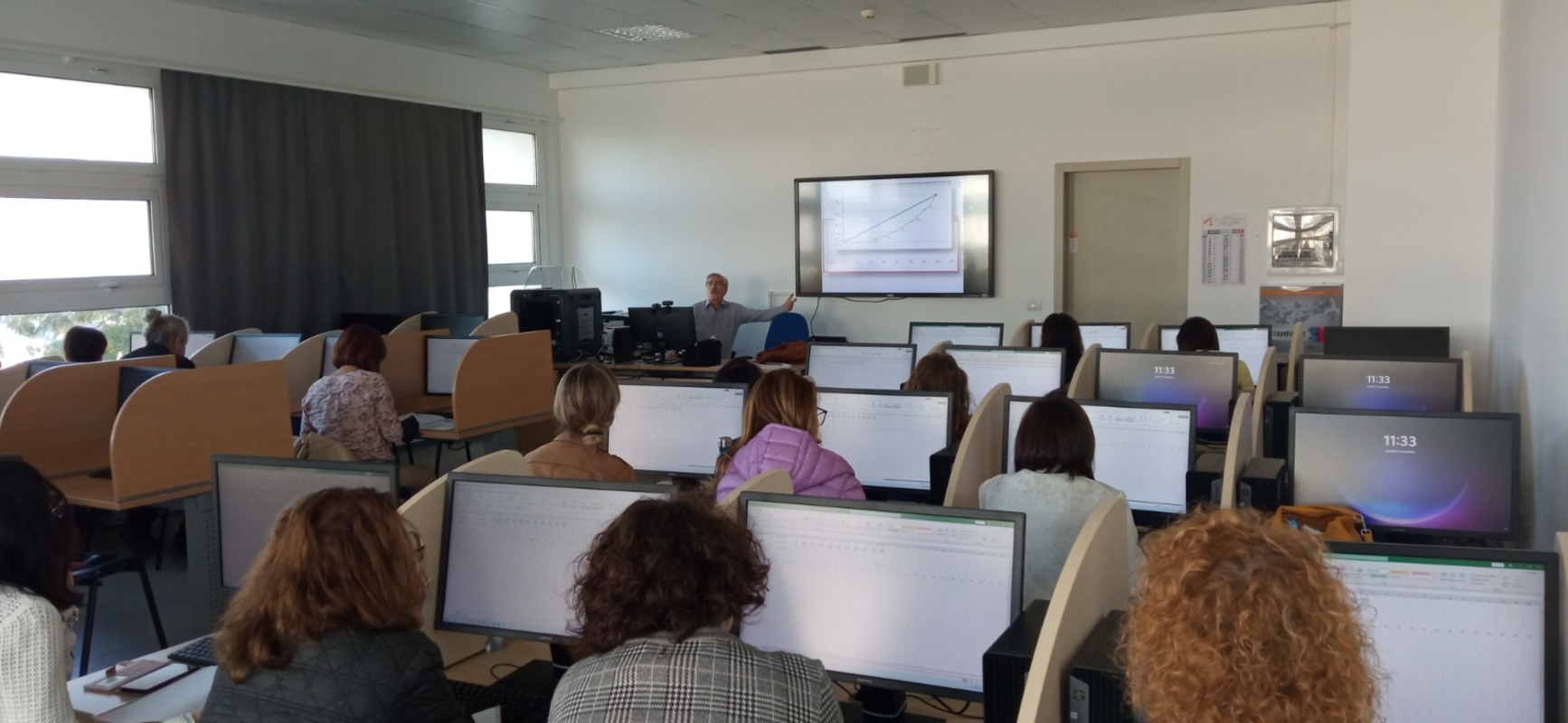Rome, October 27. (Adnkronos Health) – There are cannabis-based medicines approved by regulatory authorities, products that are not approved by pharmaceutical agencies and others that contain CBD (cannabidiol). They are three very distinct categories, used for different purposes and not all of them in the therapeutic field. With the aim of highlighting a topic of increasing interest, and its appropriate use also in the medical field, the “Cannabis and Healthcare” meeting was organized today in Milan. “Starting Over from Science” is promoted by Adnkronos Comunicazione with unconditional support from Jazz Pharmaceuticals. The event was based on three words: clarity, differentiation and relevance.
To provide “clarity”, explaining what cannabis is, is Giorgio Raccani, former president of the Italian Pharmaceutical Society (SIF). “It is a plant – he says – that contains, among other things, mainly two active components: cannabidiol (CBD) and tetrahydrocannabinol (THC). The latter is able to interact with the endocannabinoid system of our organism which contributes to homeostasis, that is, stability of the internal environment. For the body. Currently, there are two types of endocannabinoids that have been identified and studied at the scientific level, anandamide and 2-Ag (2-arachidonoylglycerol), and they bind to two receptors: Cb1, which is mainly found in the cells of the central nervous system, and Cb2, which is mainly found at the Peripheral and, in particular, in immune cells. The pharmacist continues that this endocannabinoid system “is also activated in the presence of THC which acts as an activator of the Cb1 receptor, and shows its action as an antiemetic, anti-inflammatory and analgesic, as well as stimulating and euphoric. Unlike CBD, THC does not have a restorative effect because it does not act directly on Cb1 receptors. Cbd exerts its antiepileptic action through various mechanisms that are not yet fully known, namely blocking Gpr55 receptors, desensitizing Trpv1 channels and inhibiting adenosine reactivation. Comprehension”.
Turning to the word “differentiation” – which was mentioned during the event – there are cannabis-based medicines approved by regulatory authorities, and subject to clinical trial programs like any other medicine. Products not approved by pharmaceutical agencies are used for therapeutic purposes based on a doctor’s prescription (a one-time prescription) and are often referred to as “medical” or “therapeutic” cannabis. It is mainly used in chronic pain associated with multiple sclerosis and spinal cord injuries. The lack of sufficient scientific evidence to support their use in the diseases for which they are prescribed is what distinguishes these products from pharmaceuticals. The Ministry of Health considers these products not as a cure, but as a supportive treatment for symptoms. Finally, there are consumer products containing CBD, sold directly to the public in specialized stores or online, which include oils and other CBD-based products, vaping devices, and cosmetic ingredients that do not fall within the previous two categories and are not approved. Medical goals.
Regarding the third and final keyword at the heart of the meeting, “appropriateness,” Marco Pestis, professor of pharmacology at the University of Cagliari, points out that “when we talk about prescribing appropriateness we are generally referring to medicines. Obviously, these include even those derived from cannabis approved by before the regulatory authorities, which – like all medicines – can have side effects or drug interactions, but these are known interactions, studied and observed during registration studies, and are also monitored in the post-marketing phase by pharmacovigilance. It is possible to make changes to Technical data sheets and listing further information, limitations, contraindications, etc.
The guaranteed suitability for use of medicines containing cannabis is not guaranteed for unapproved products or those based on CBD. “When we talk about hemp-based products that have not been approved by regulatory authorities, that is, medical cannabis – defines Emilio Russo, professor of pharmacology at the Magna Grecia University in Catanzaro – the scientific medical community is aware of the potential of the plant and some of the active ingredients present; aware, In some cases, with effectiveness, but this has not been confirmed by clinical studies, and for some formulations or extracts the tolerability profile is not fully known, especially with regard to some pathological contexts. This means that when we use these substances we burden ourselves with a medical responsibility, “We expose the patient to a completely unknown risk.”
Returning to drugs, “given the diseases in which it is used more than others – stresses Laura Tassi, President of the Italian League Against Epilepsy (Lice) – cannabis is never prescribed alone, but “in addition” to other drugs, and only a specialist able to evaluate the interaction is prescribed. “Between the medications and any side effects present, it can be very serious.”
Guideline appropriateness “is clearly an essential matter for the regulator – highlights Marcela Marletta, public health expert and former Director General of the Directorate of Medicines, Medical Devices and Care Safety of the Ministry of Health – a prescription can be considered appropriate if it is carried out within the scope of the clinical indications for which the medicine has proven its effectiveness and within Indications for its use (dosage and duration of treatment). Obviously, suitability is also a major topic when talking about medical cannabis.
Training and correct information also for the doctor “represent the cornerstone of every field – reflects Marletta – but it is essential in the medical and scientific field, where the protection of patients’ health must remain the guiding star.” In this regard, the need to eliminate the misconception of the majority of the population that “everything natural does no harm” emerged in the discussion. https://www.lagazzettadelmezzogiorno.it/. The false statement – Rousseau warns – is that among the most dangerous poisons are those that come from nature. “We should avoid ‘do it yourself’, but always have a specialist behind you.”

“Infuriatingly humble social media buff. Twitter advocate. Writer. Internet nerd.”


